
Salix alba, the white willow, is a species of willow native to Europe and western and central Asia. The name derives from the white tone to the undersides of the leaves.

A catkin or ament is a slim, cylindrical flower cluster, with inconspicuous or no petals, usually wind-pollinated (anemophilous) but sometimes insect-pollinated. They contain many, usually unisexual flowers, arranged closely along a central stem that is often drooping. They are found in many plant families, including Betulaceae, Fagaceae, Moraceae, and Salicaceae.
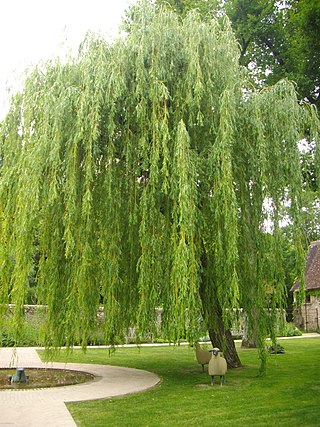
Salix babylonica is a species of willow native to dry areas of northern China, but cultivated for millennia elsewhere in Asia, being traded along the Silk Road to southwest Asia and Europe.
The University of New Mexico Arboretum is an arboretum extending throughout the University of New Mexico campus in Albuquerque, New Mexico.
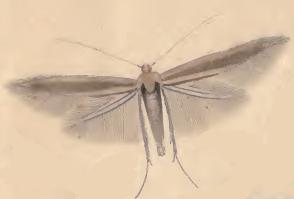
Coleophora lusciniaepennella is a moth of the family Coleophoridae. It is found in most of Europe, except the Iberian Peninsula, the Mediterranean islands and most of the Balkan Peninsula and Russia. It occurs in forest-steppe biotopes.

Perisomena caecigena, the autumn emperor moth, is a moth of the family Saturniidae, first described by Franz Josef Kupido in 1825. It lives in Italy and then from south-eastern Austria through Hungary, Slovenia, Croatia, Serbia, Albania, the western Ukraine, Romania, Bulgaria and Greece to most of Turkey and the Caucasus Mountains of the Republic of Georgia, Armenia and Azerbaijan. There is also an isolated population in the mountains of Lebanon and Israel. Subspecies stroehlei is endemic to the Troodos Mountains of Cyprus.

Leucoptera sinuella is a moth in the Lyonetiidae family. It is found in most of Europe, except Ireland, the Balkan Peninsula and the Mediterranean Islands. It is also found in Japan and North Africa.

Phyllonorycter comparella is a moth of the family Gracillariidae. It is found from Germany and the Baltic States to Spain, Sardinia, Sicily, Hungary and Bulgaria and from Great Britain to central and southern Russia.

Phyllonorycter pastorella is a moth of the family Gracillariidae. It is known from all of Europe, east to Russia, China and Japan.
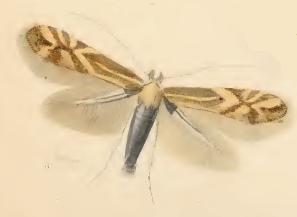
Phyllonorycter salictella is a moth of the family Gracillariidae. It is known from all of Europe, east to Russia and Japan.
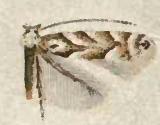
Phyllonorycter salicifoliella is a moth of the family Gracillariidae. It is widespread across North America, from Mississippi to Ontario in the east and from southern California to northern British Columbia in the west.
Phyllonorycter mildredae is a moth of the family Gracillariidae. It is probably widespread through the eastern United States but currently reported from only Washington D.C., Kentucky and Ohio.
Phyllonorycter populi is a moth of the family Gracillariidae. It was described by Ivan Nikolayevich Filipjev in 1937 and is known from southern Kazakhstan, Tajikistan, Turkmenistan and Uzbekistan.
Phyllonorycter populialbae is a moth of the family Gracillariidae. It is known from the Caucasus.
Phyllonorycter pruinosella is a moth of the family Gracillariidae. It is known from Central Asia, Kazakhstan, Tajikistan, Turkmenistan and Uzbekistan.
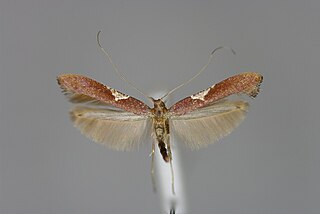
Caloptilia stigmatella is a moth of the family Gracillariidae. It is known from the Holarctic Region, including all of Europe.
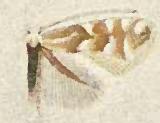
Phyllonorycter populiella, commonly known as the poplar leafminer moth, is a moth of the family Gracillariidae. It is known from Canada and the United States.

Micrurapteryx salicifoliella is a moth of the family Gracillariidae. It is known from Canada and the United States.

The Arboretum La Alfaguara was formerly a tree nursery in the Sierra de la Alfaguara, in Alfacar near Granada in Spain. It contains samples of many of the trees that are scattered throughout the Sierra and the surrounding mountain ranges.








